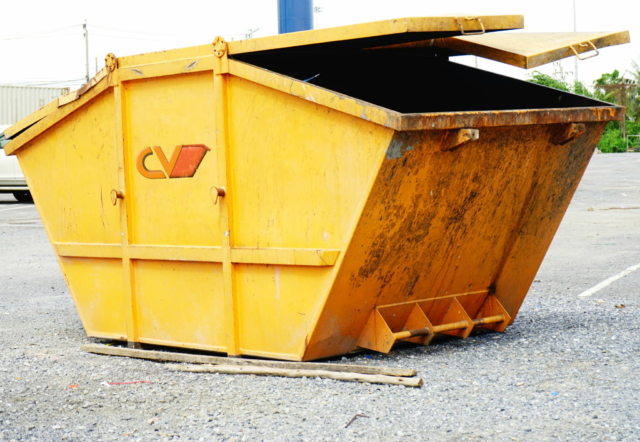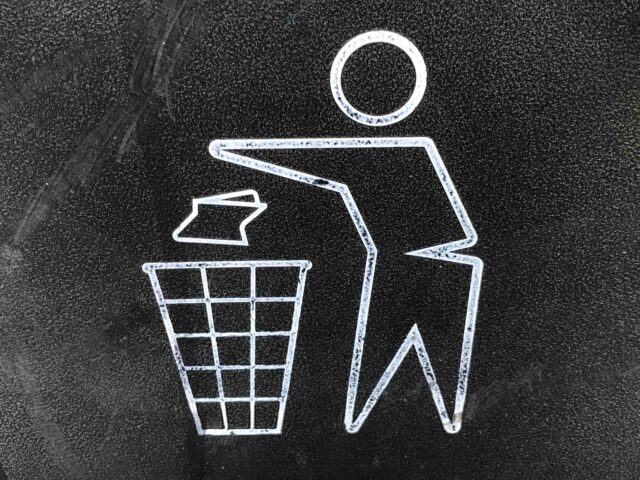Do you know What Can You Put in a Skip? Skip bins are a convenient and efficient way to manage and dispose of various types of waste.

Whether you’re renovating your home, clearing out your garden, or undertaking a construction project, having a skip on hand can help keep your space organized and clean. However, it’s essential to know what can and cannot go into a skip to ensure proper waste disposal and environmental responsibility. In this guide, we’ll explore the common items you can put in a skip and those you should avoid.
- General Household Waste:

Most skip bins accept general household waste, including:
- Old furniture
- Broken appliances
- Toys and miscellaneous items
- Clothing and textiles
- Non-recyclable plastics
Ensure that these items do not contain hazardous materials or substances that could harm the environment.
- Green Waste:
For those tackling garden projects, skip bins can be used for disposing of green waste, such as:
- Grass clippings
- Tree branches
- Leaves and twigs
- Garden trimmings
Separating green waste from other types of waste allows for proper recycling and composting.
- Construction and Demolition Debris:
Construction and demolition projects generate a significant amount of waste, and skip bins are ideal for disposing of materials like:
- Concrete and bricks
- Timber and lumber
- Tiles and ceramics
- Metal and steel
Make sure these materials are free from hazardous substances, and consider recycling options when applicable.
- E-Waste:
Electronic waste, or e-waste, should not be thrown into regular bins due to the presence of hazardous materials. However, many skip-hire services offer specific bins for e-waste, including:
- Old computers and laptops
- Televisions and monitors
- Printers and scanners
- Electronic cables and accessories
Recycling e-waste helps recover valuable materials and prevents harmful substances from contaminating the environment.
- Hazardous Materials:
Skip bins are not suitable for hazardous waste, which includes:
- Asbestos
- Chemicals and solvents
- Paints and varnishes
- Batteries
- Medical waste
Properly dispose of hazardous materials through designated channels to prevent harm to the environment and public health.
Conclusion:
Using a skip bin for waste disposal is a convenient and responsible way to manage various types of waste generated from household, garden, or construction activities. However, it’s crucial to be mindful of what can and cannot go into a skip to ensure proper recycling and disposal methods are followed. By adhering to these guidelines, you contribute to a cleaner environment and help minimize the impact of waste on our planet.
